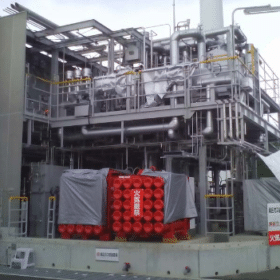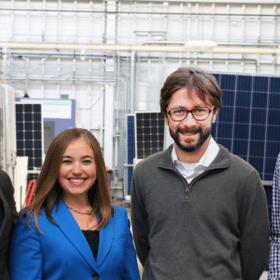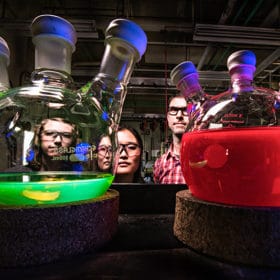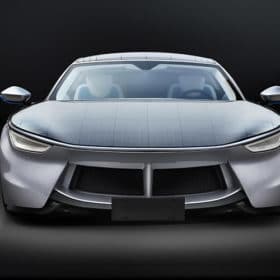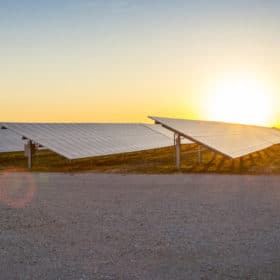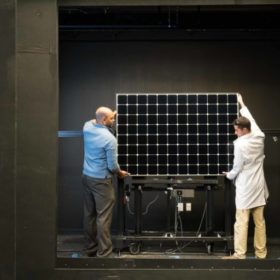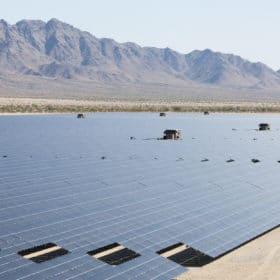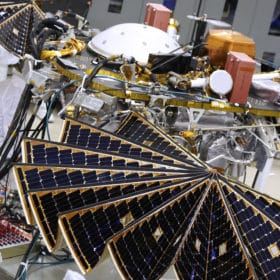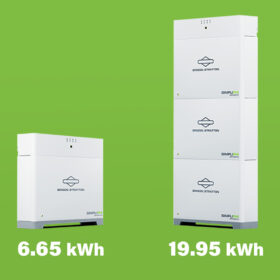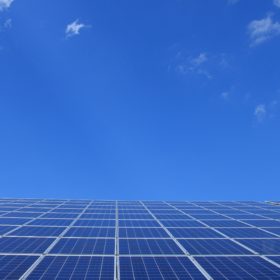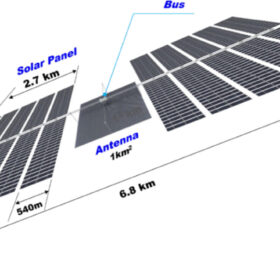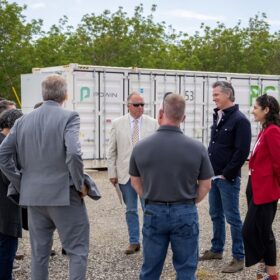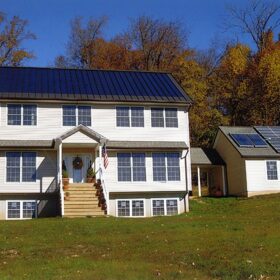Ammonia in the mix for future storage technologies
Japan’s JGC Corporation reports an efficient method of converting hydrogen to ammonia, which can later be combusted to generate carbon-free electricity. Ammonia, according to JGC, has various advantages over hydrogen in terms of safety and cost effectiveness.
PVEL splits from DNV GL
The testing lab is on its own again after a management buyout, and Jenya Meydbray is returning as CEO. PVEL will still collaborate with DNV GL on its annual module scorecard.
Video: pv magazine USA’s 2018 Future PV Roundtable
pv magazine brings you video coverage of our Future PV Roundtable at SPI 2018, which looked at technology development from the cell to the grid level.
Not for lack of ideas: an interview with NREL’s Dr. Peter Green
In this interview pv magazine talks with the chief research officer at the United States’ foremost clean energy laboratory about the work that NREL has been doing, and what to expect for the future of electricity and transportation.
Look, in the sky – is it a bird? Is it a plane? No – it’s solar power!
Alta Devices’ gallium arsenide solar research cells have been certified with a 29.1% efficiency, setting a new single junction solar cell efficiency record.
The Department of Energy wants you!
The Solar Energy Technologies Office is seeking feedback from solar professionals on what topics it ought research within solar photovoltaics, solar thermal, systems integration and soft cost reduction.
Solar module lifetime predictions are getting better
NREL has proposed a new methodology for determining solar module degradation rates, taking into account measurement challenges such as sensor drift, inverter nuances, soiling and others – keeping the focus on the solar modules themselves.
Flexible solar power saves money
An analysis of a First Solar power plant in Tampa, Florida suggests that by operating solar plants with more flexibility operators can save money for ratepayers – while also allowing for significantly higher penetration levels of renewables.
Mars electricity generation record set with 29.5% efficient solar cell
The NASA InSight lander generated 4,588 watt-hours during sol 1, a new record for electricity generation on Mars.
Researchers hit new organic PV record
A team of scientists at Germany’s Friedrich-Alexander Universität Erlangen Nürnberg has set an efficiency record of 12.25% for a non-fullerene based organic solar cell.
